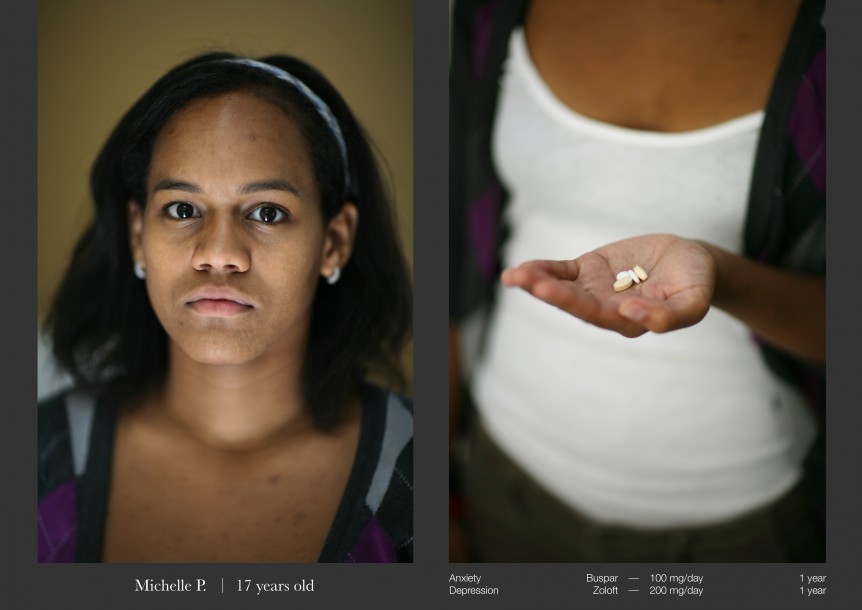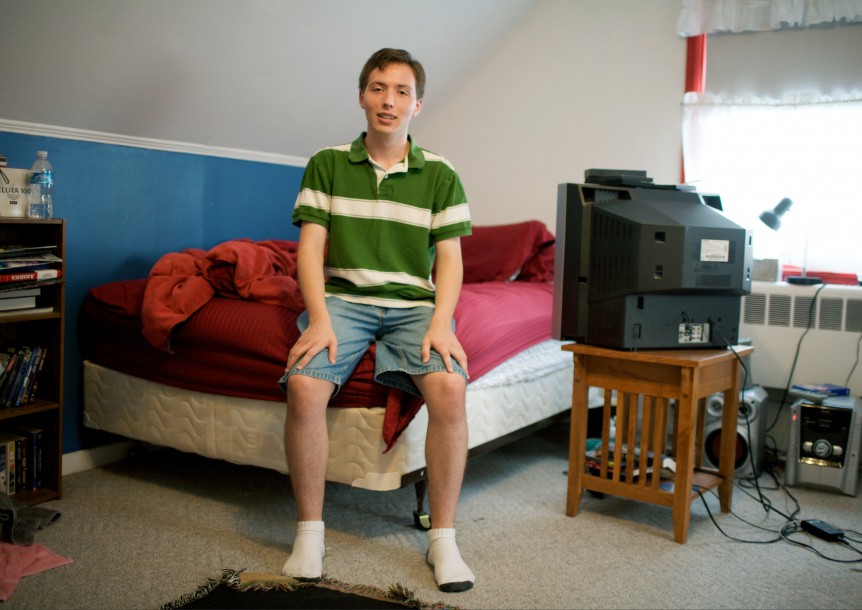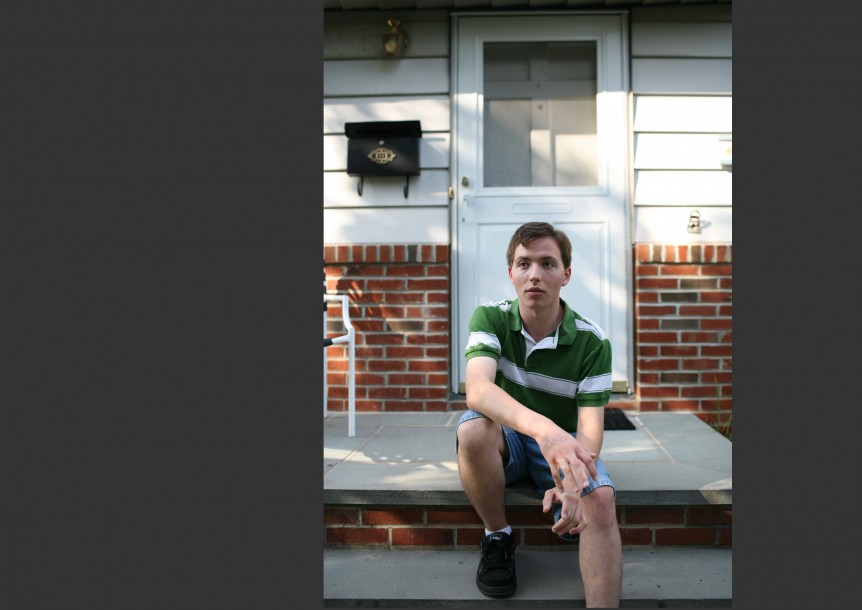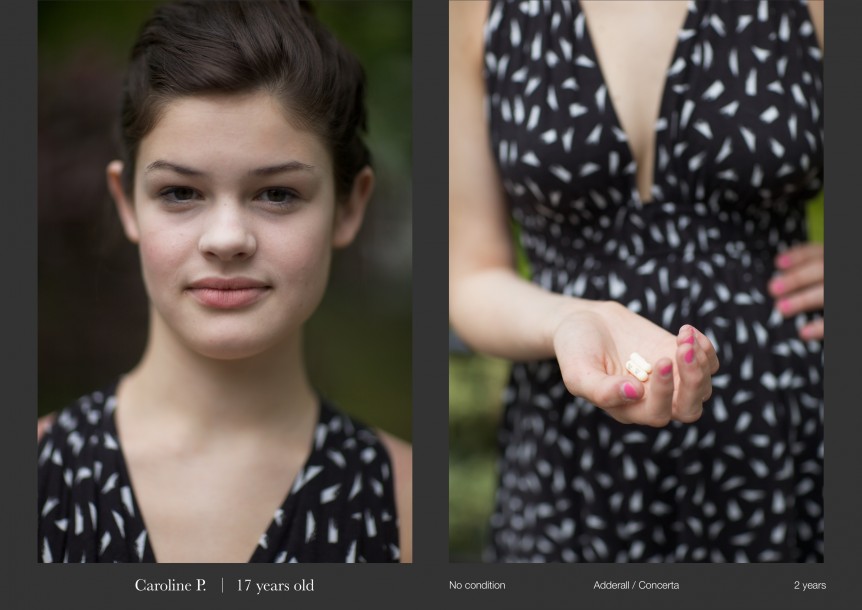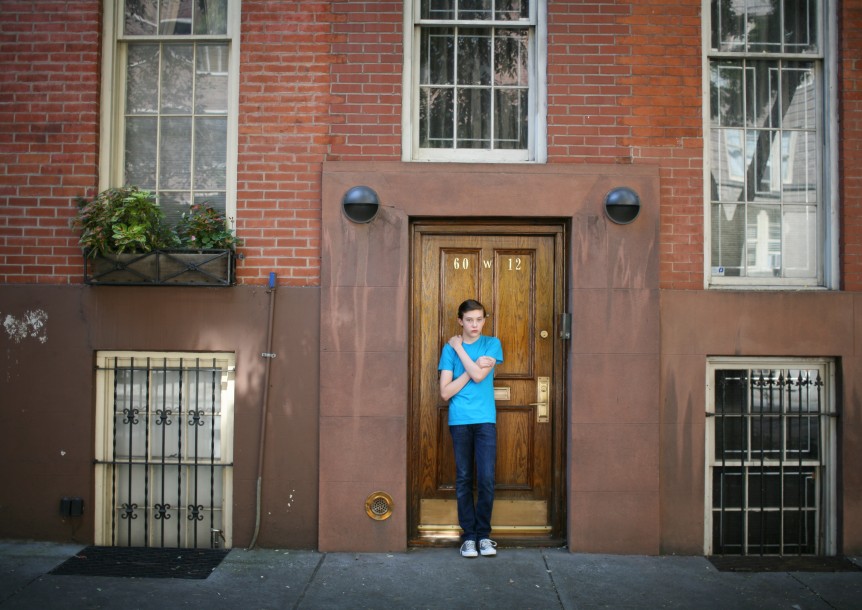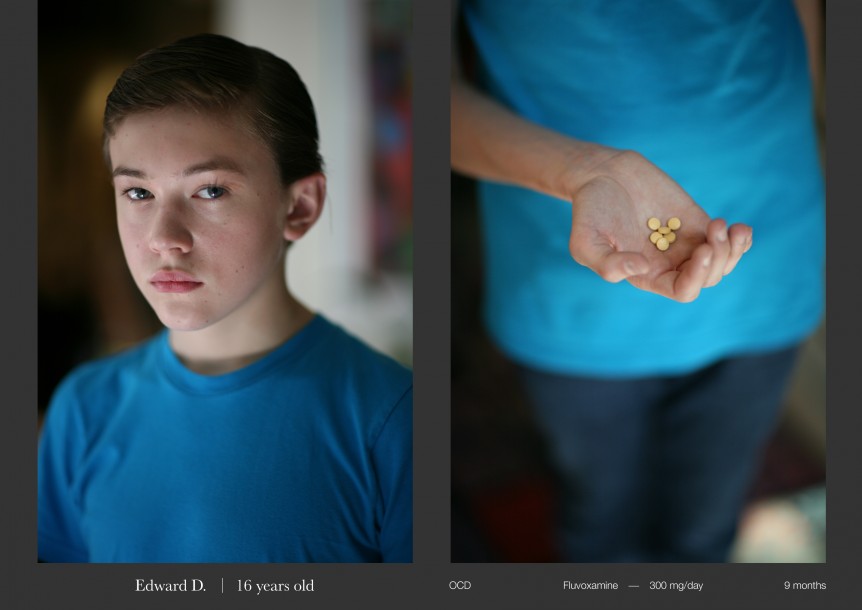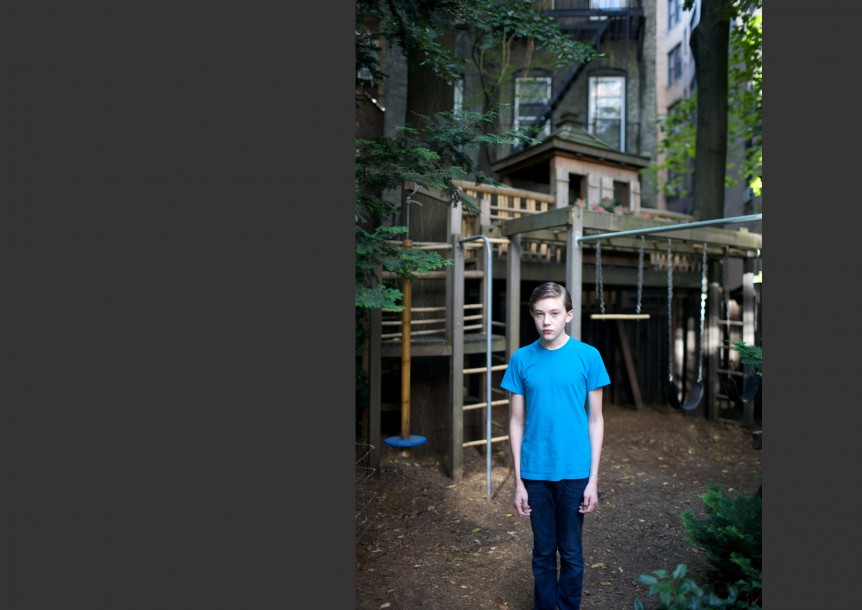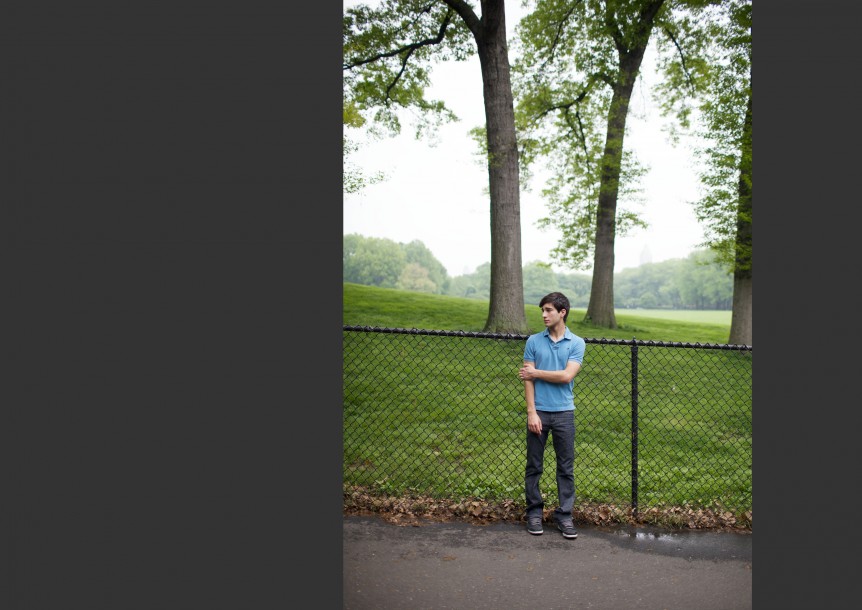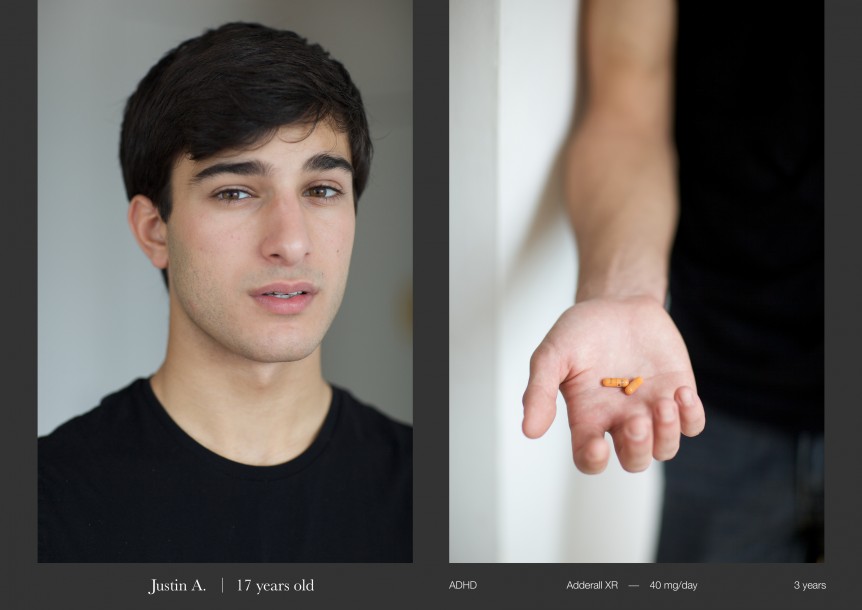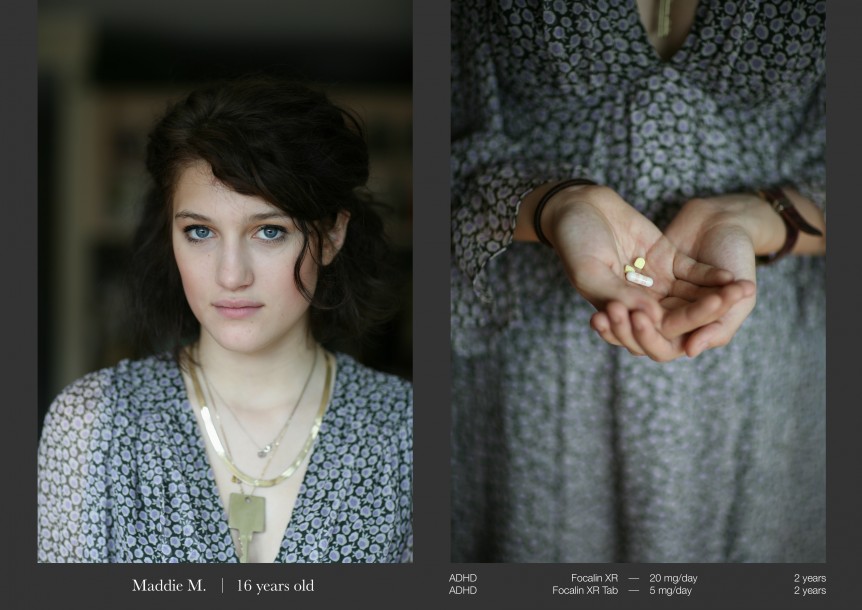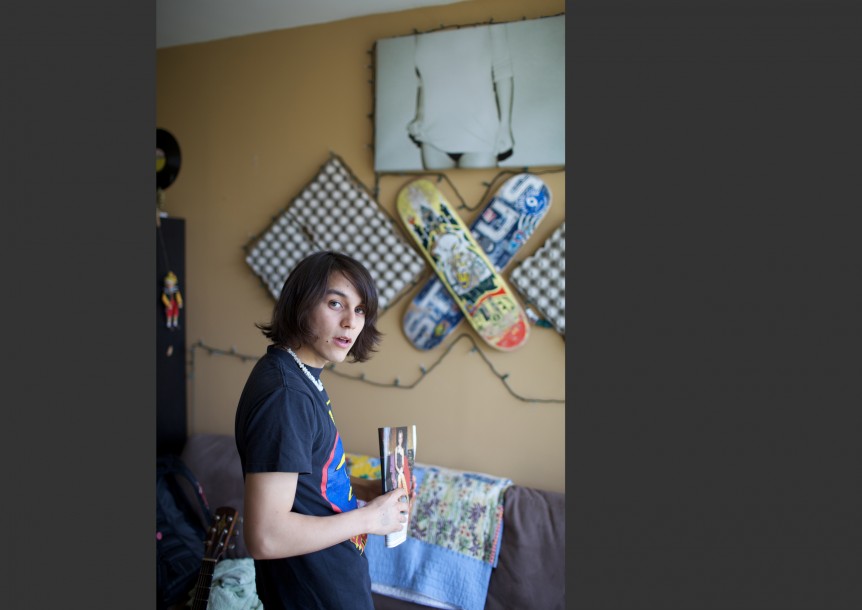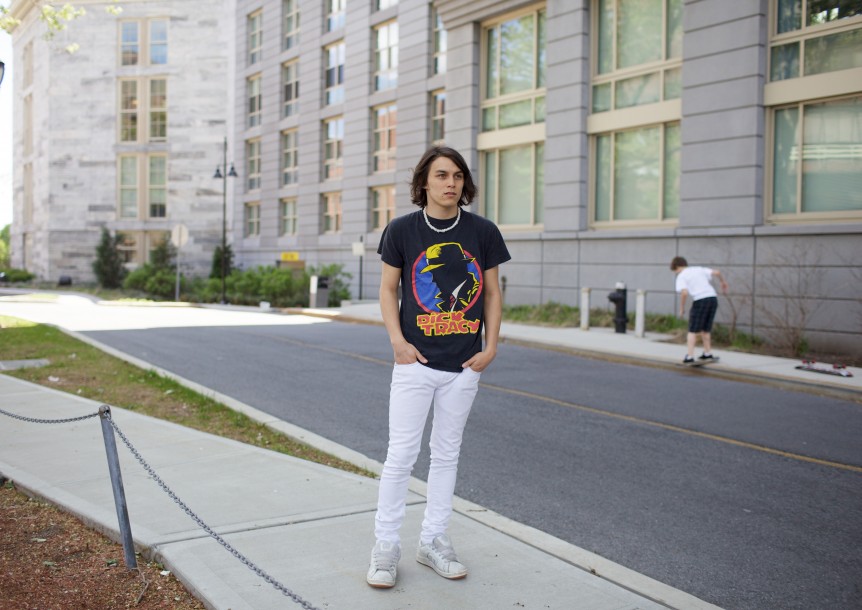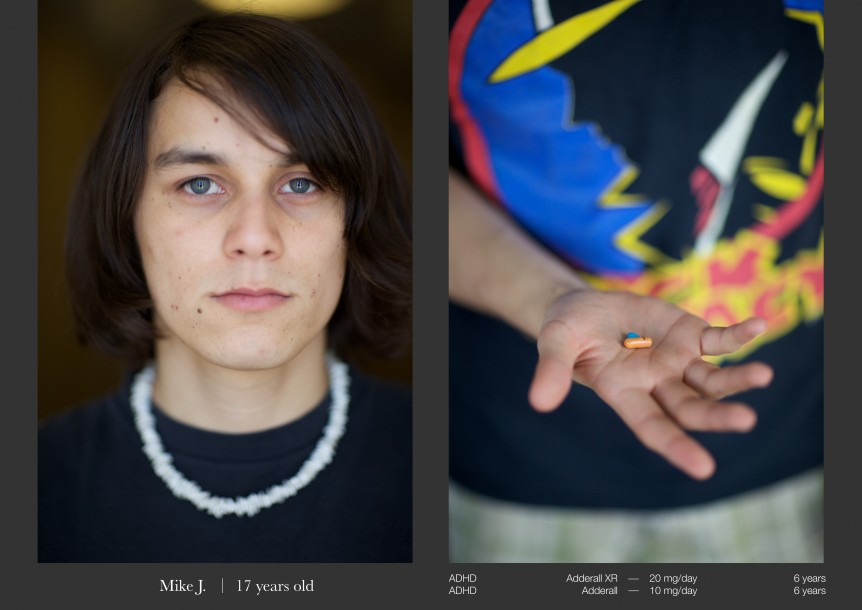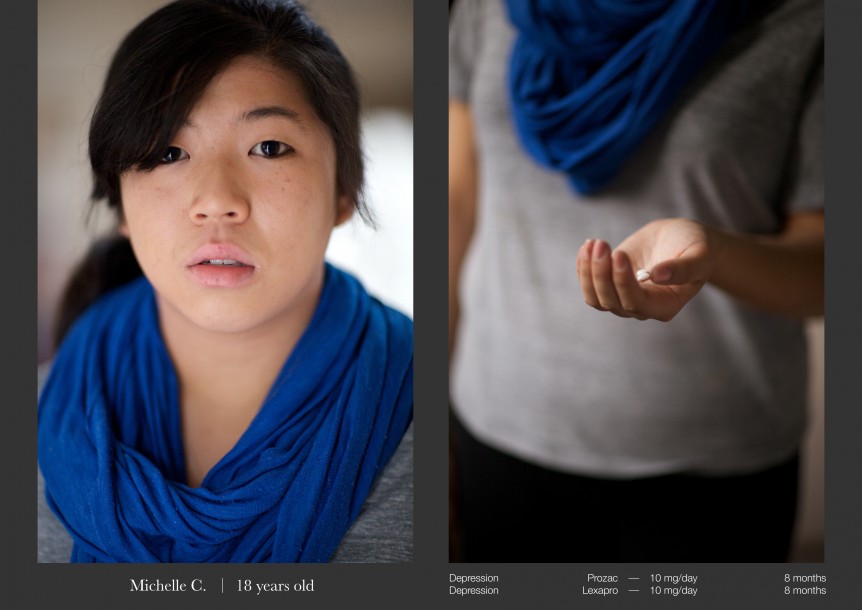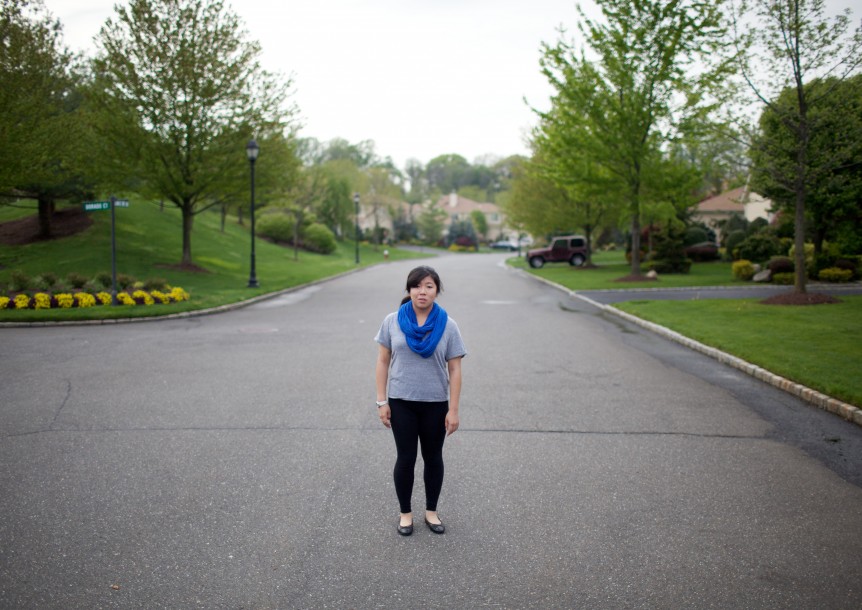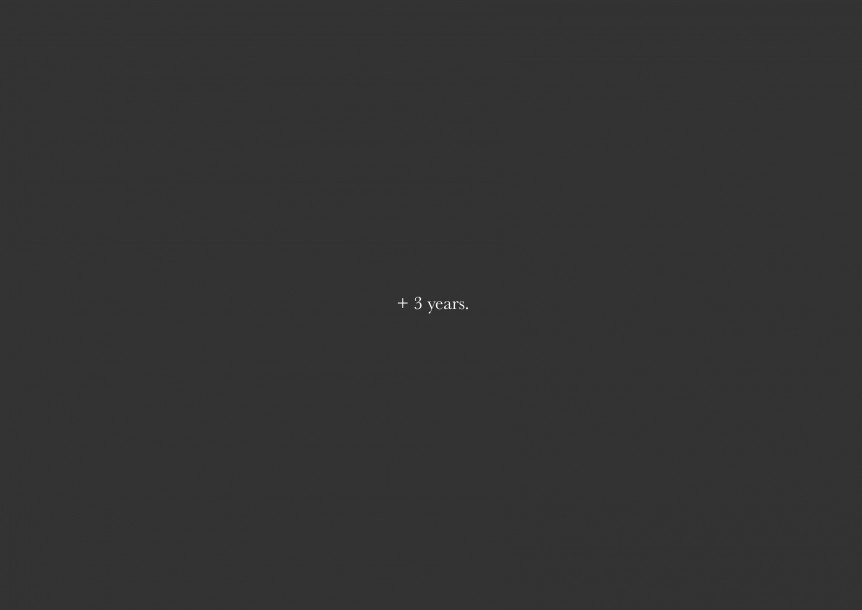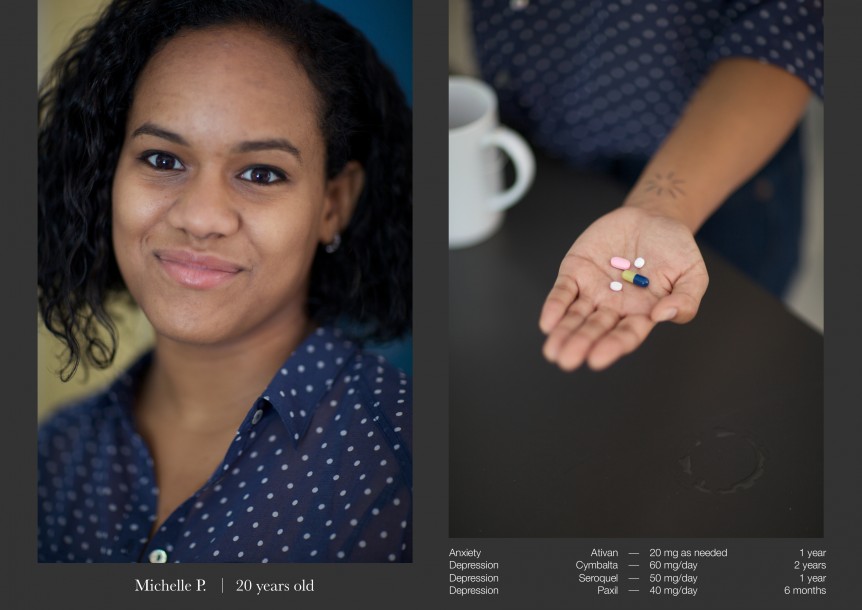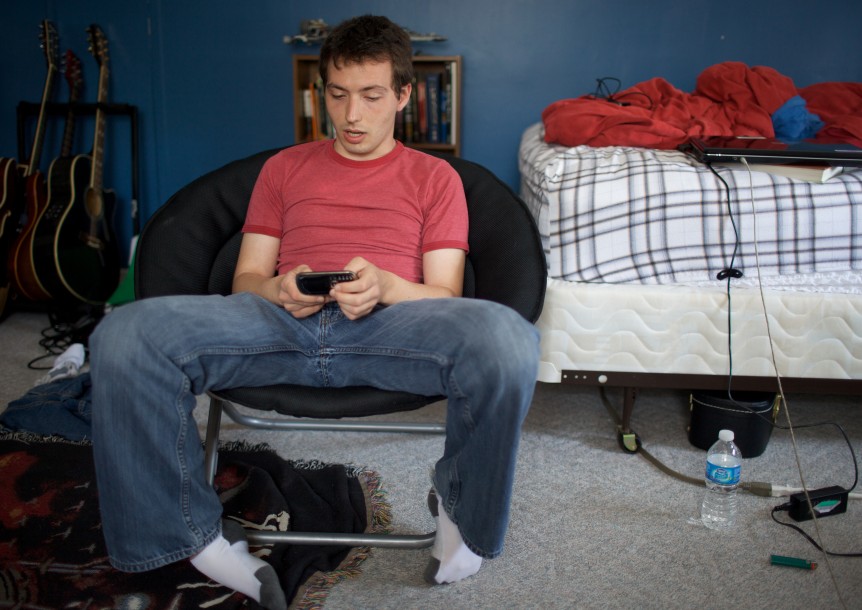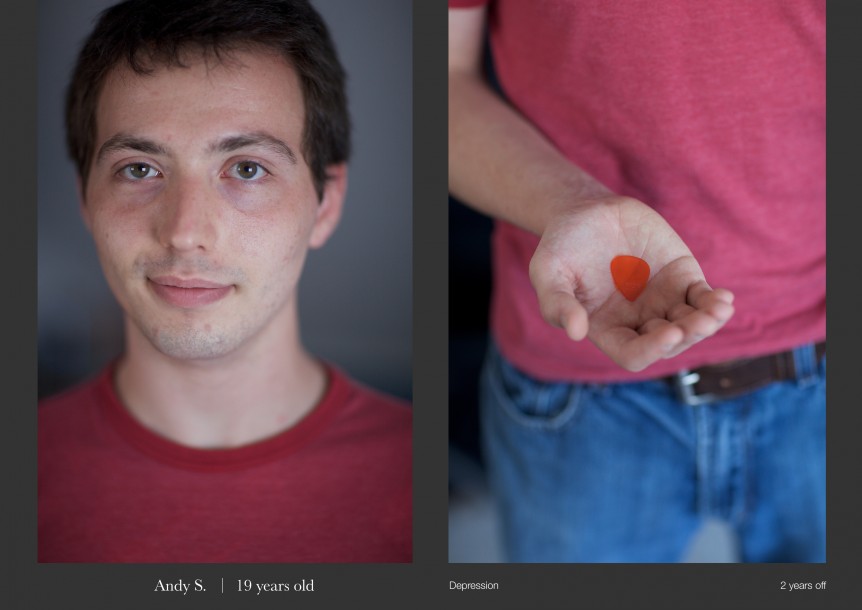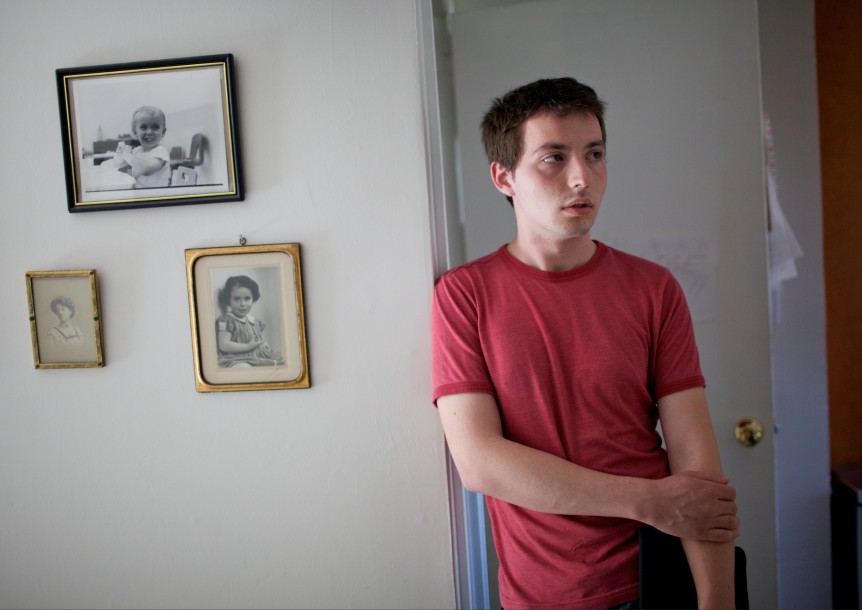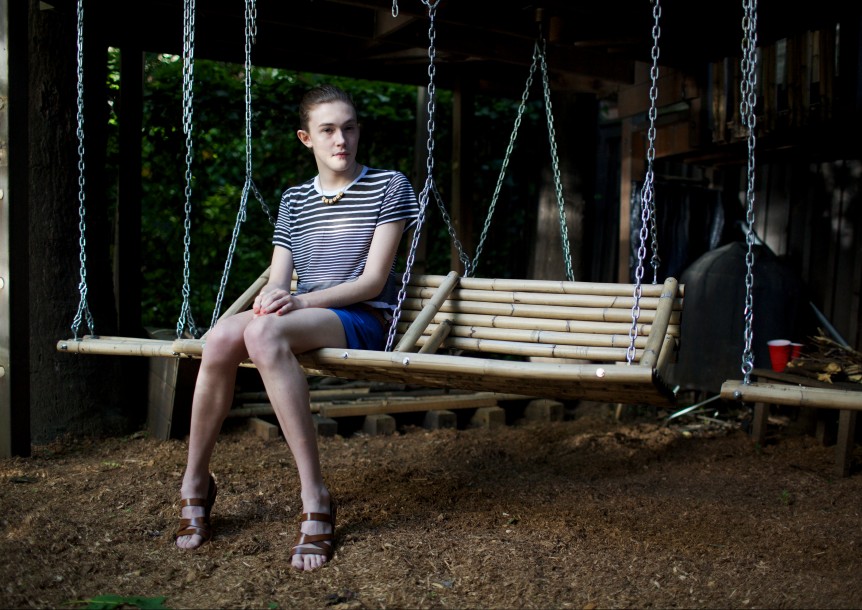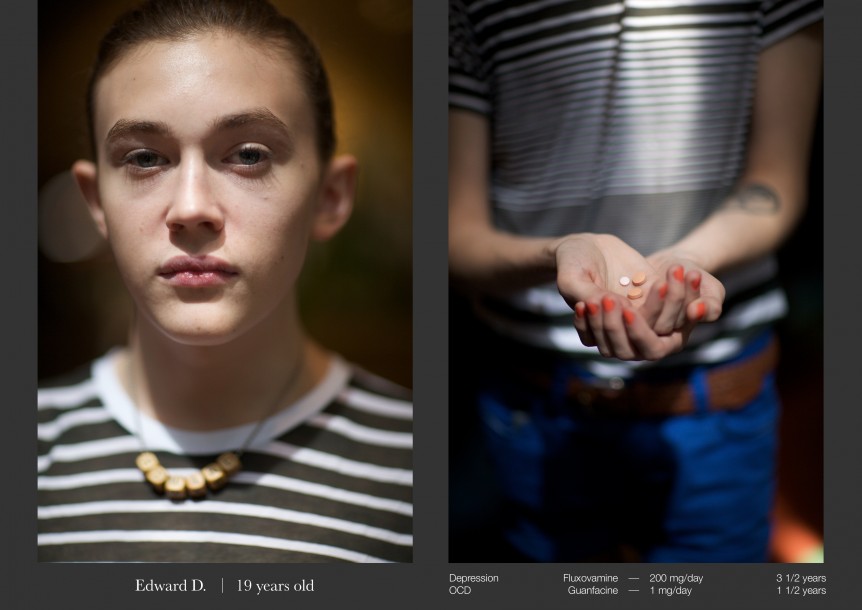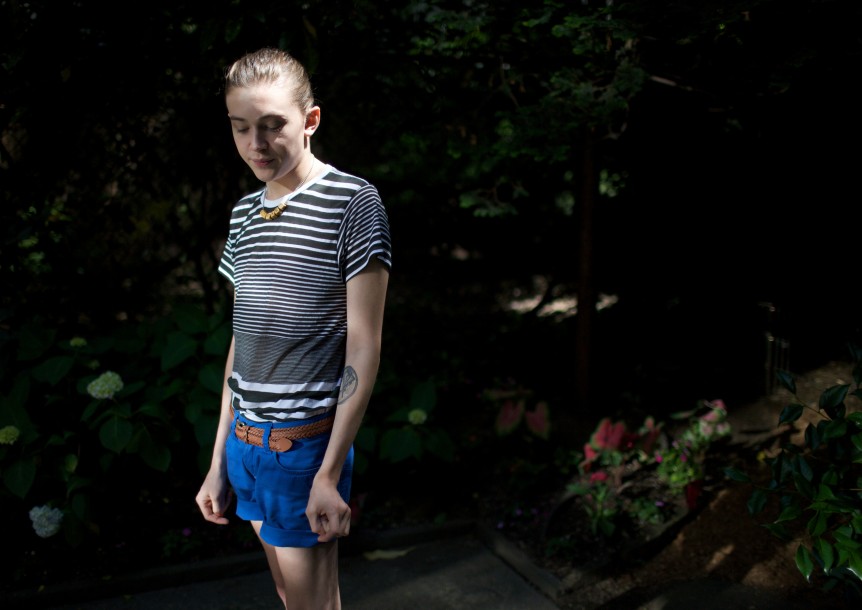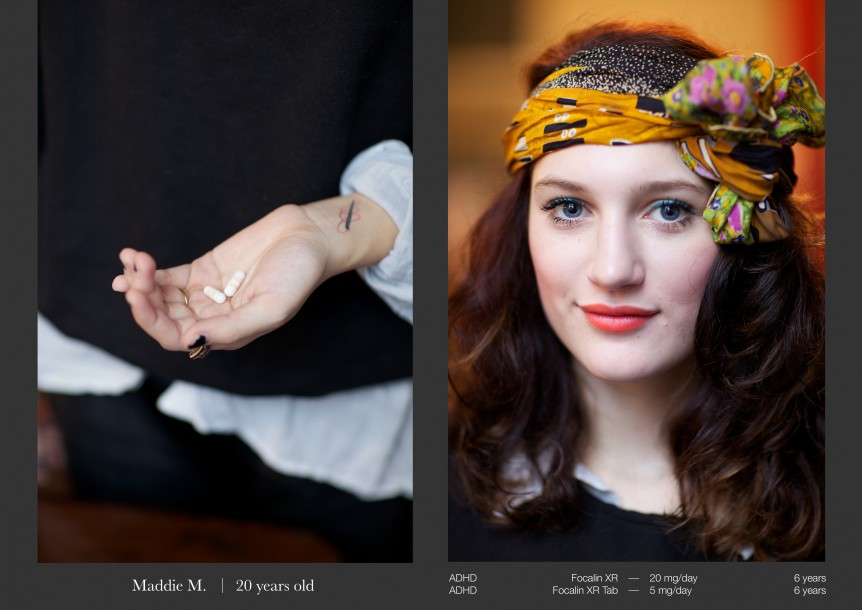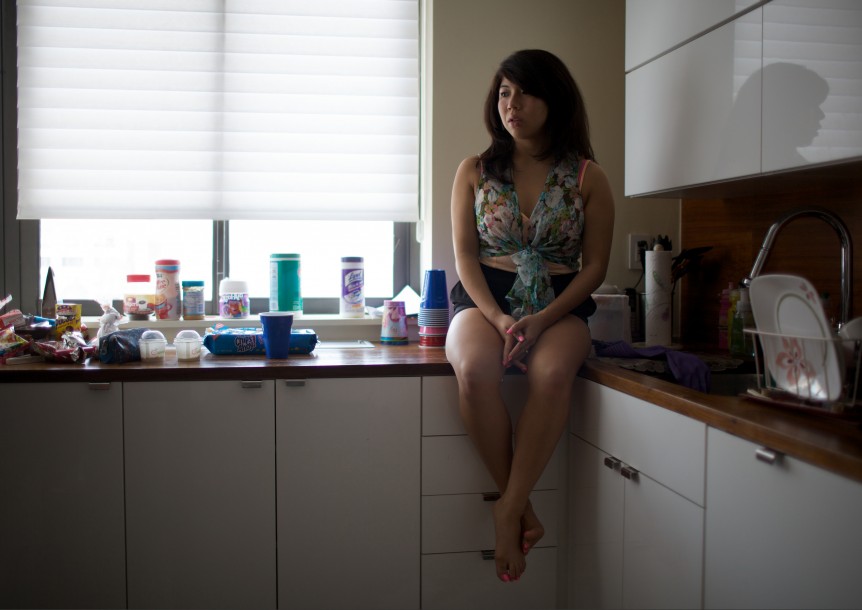Story
I became aware of this issue of “behavior medication” while working with a group of American students in Paris. I turned out that quite a few of them had ADHD, and took a variety of pills, which they would freely discuss among themselves. A few months later the then Minister of the Interior Nicholas Sarkozy suggested that delinquents were former hyperactive children, and that therefore treating hyperactivity would bring delinquency down. That was the trigger that got me started on the project. It was a sign that this idea was making progress in French society, and I decided to go dig deeper around the issue in the US, where ADHD for instance had been officially recognized as early as 1980.
In this « quick fix » culture, medication seems like a favored choice, as it involves no drawn out process. Now does it aim at “fixing” a problem, does it aim at “curing” a child, or just at making them function within the acceptable margins of what society deems acceptable? The school system will oftentimes be the first place where this “difference” might be spotted. The school is likely to warn the parents, and recommend an evaluation. In some cases, if the child is not medicated the school might not accept them again for the following semester.
Now in other cases, the medications will transform a bad year into a success story. For all the doctors I have seen agree that ADHD is a medical fact. No question about it. But no question either about the fact that it might be mis prescribed, or over prescribed in today’s society.
As a parent as well, I can only sympathize with the parents who have been confronted to such a difficult situation that they felt that, at the time, and given the circumstances, medication was the best choice they had.
If I started this project with a very strong opinion, after I interviewed the very first kid I came to understand how complex the issue was, and why a binary approach could not apply. For that reason I chose a photographic form which was the closest to “neutral” that I could think of. Very straightforward and descriptive. Not biased as many of my projects are. I wanted for people who support the medication and people against the medication to feel that they could equally belong in this project. On the viewer’s end, as well, I wanted to keep the meaning open to their own interpretations.
In this « quick fix » culture, medication seems like a favored choice, as it involves no drawn out process. Now does it aim at “fixing” a problem, does it aim at “curing” a child, or just at making them function within the acceptable margins of what society deems acceptable? The school system will oftentimes be the first place where this “difference” might be spotted. The school is likely to warn the parents, and recommend an evaluation. In some cases, if the child is not medicated the school might not accept them again for the following semester.
Now in other cases, the medications will transform a bad year into a success story. For all the doctors I have seen agree that ADHD is a medical fact. No question about it. But no question either about the fact that it might be mis prescribed, or over prescribed in today’s society.
As a parent as well, I can only sympathize with the parents who have been confronted to such a difficult situation that they felt that, at the time, and given the circumstances, medication was the best choice they had.
If I started this project with a very strong opinion, after I interviewed the very first kid I came to understand how complex the issue was, and why a binary approach could not apply. For that reason I chose a photographic form which was the closest to “neutral” that I could think of. Very straightforward and descriptive. Not biased as many of my projects are. I wanted for people who support the medication and people against the medication to feel that they could equally belong in this project. On the viewer’s end, as well, I wanted to keep the meaning open to their own interpretations.

